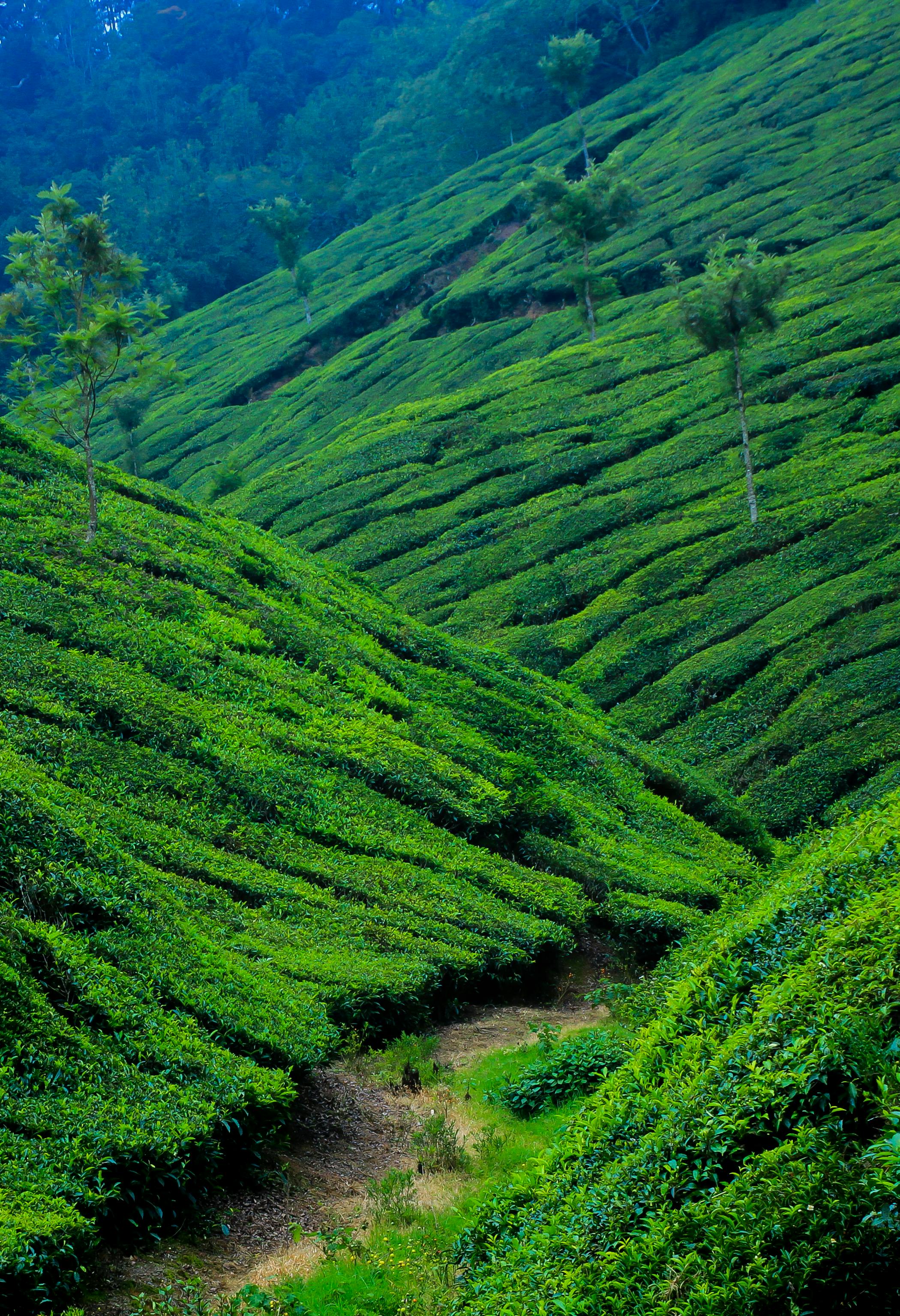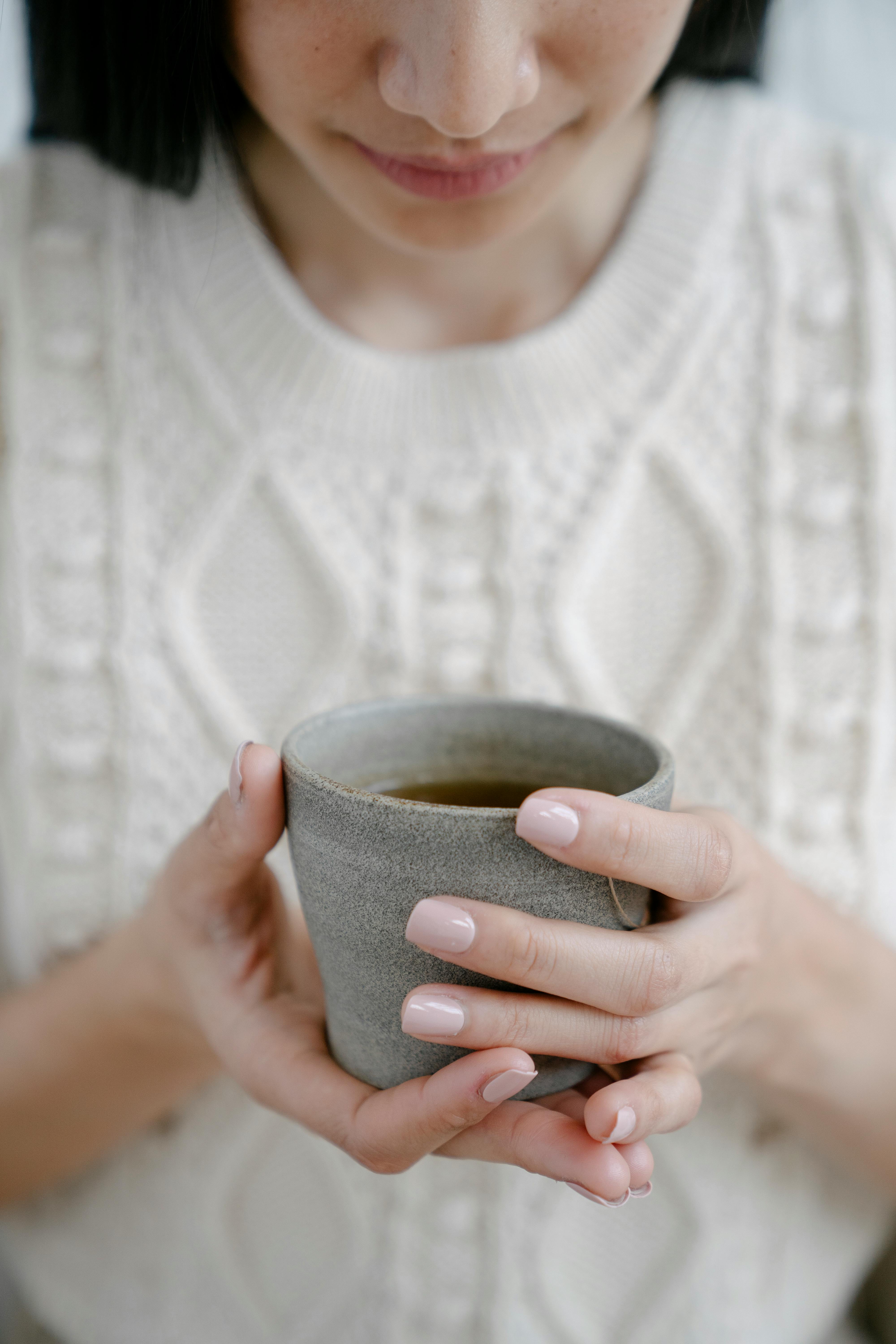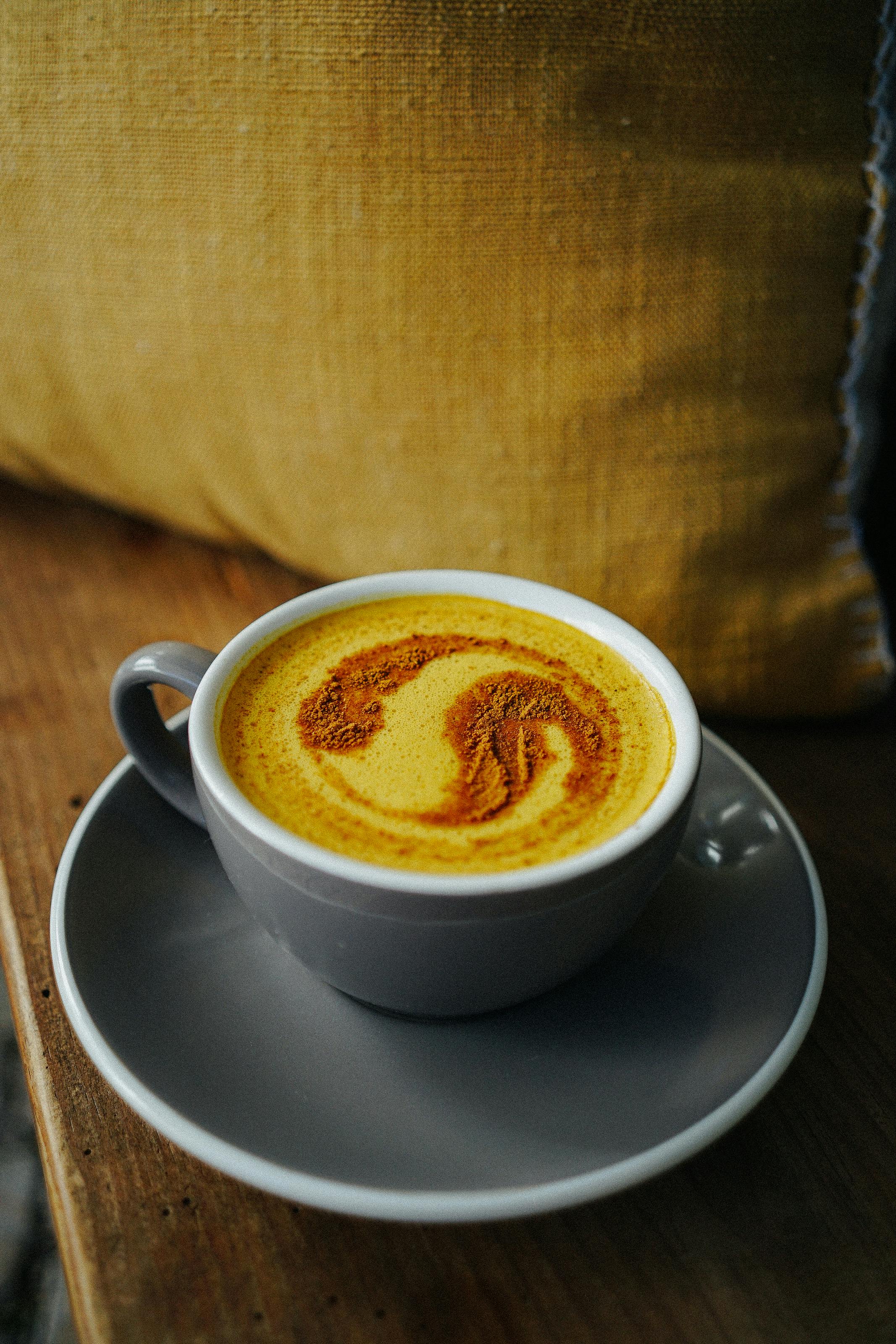
Know Your Tea: Black, White, Green & Beyond
When it comes to tea, the menu can feel overwhelming — black, green, white, herbal, fruit… aren’t they all different plants? Actually, no. Here’s the first myth-buster:
|
🌱 There’s just one tea plant: Camellia sinensis. Whether you’re sipping a brisk black or a delicate white, it all comes from the same leaves. The difference lies in how those leaves are picked and processed. Let’s break it down. |
 |
Black Tea: Bold & Brilliant
-
What it is: Fully oxidised leaves. This is what gives black tea its deep colour and robust flavour.
-
Famous faces: English Breakfast, Earl Grey, Assam, Darjeeling.
-
Flavour notes: Malty, brisk, sometimes floral or fruity depending on the region.
-
Fun fact: Black tea is the most widely drunk tea in the world — around 75% of all tea consumed globally.
Green Tea: Fresh & Vibrant
-
What it is: The leaves are heated quickly after picking to prevent oxidation. That’s why they stay green.
-
Famous faces: Sencha (Japan), Dragon Well (China), Matcha (the whisked powdered form).
-
Flavour notes: Grassy, nutty, vegetal — sometimes even a little seaweedy.
-
Fun fact: A cup of green tea has about half the caffeine of black tea, making it a gentler pick-me-up.
White Tea: Subtle & Delicate
-
What it is: The least processed tea. Young leaves and buds are simply picked and dried in the sun.
-
Famous faces: Silver Needle, White Peony.
-
Flavour notes: Soft, sweet, slightly floral.
-
Fun fact: Because it’s so lightly processed, white tea often contains more antioxidants than black or green.
Herbal “Tea”: Technically, Not Tea at All
-
What it is: Anything brewed from plants that isn’t Camellia sinensis. Think peppermint, chamomile, rooibos.
-
Flavour notes: Endless. From soothing and floral to zingy and spicy.
-
Fun fact: Since they’re naturally caffeine-free, herbal infusions are perfect for evening sipping.
Fruit Infusions: Tea’s Juicy Cousins
-
What it is: Dried fruits, peels, and petals blended together. No actual tea leaves required.
-
Flavour notes: Sweet, tart, refreshing — often with a hibiscus base for that deep red colour.
-
Fun fact: Fruit infusions are brilliant iced. Brew strong, chill, add ice — instant summer cooler.
Tea Nerd Corner: Oxidation 101
Think of oxidation as the tea world’s version of browning an apple. Cut an apple and it darkens; let tea leaves sit and they do the same. White tea = minimal oxidation. Green tea = stopped before it gets going. Black tea = fully oxidised. That single process is what gives you the whole spectrum.
Brew & Bloom’s Takeaway
-
All real tea = one plant.
-
Black, green, and white = different levels of oxidation.
-
Herbal and fruit blends = not technically “tea,” but still delicious.
-
The fun is in experimenting. Don’t lock yourself into one type — explore the whole spectrum.
Bottom line: From one humble leaf comes an entire world of flavour. Whether you’re after bold, brisk mornings or calming, caffeine-free nights, there’s a brew for every mood.


